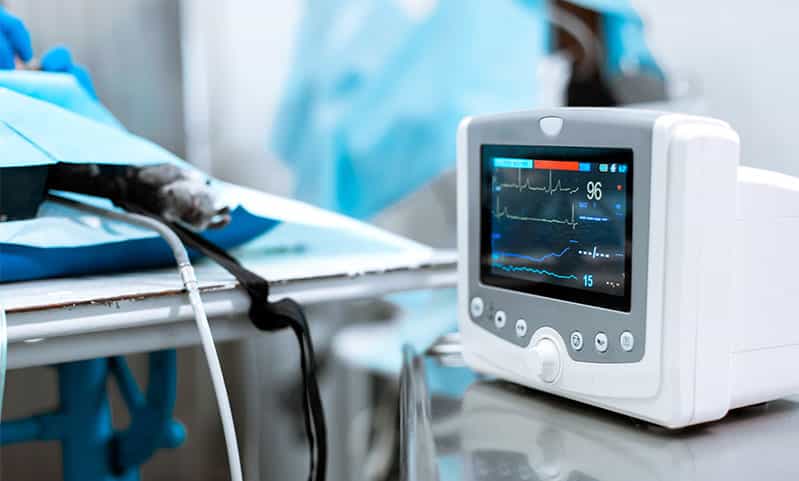Baby Elizabeth Hutt survived multiple open heart surgeries during her first six months of life, but she could not survive an Aspergillus Mold infection she contracted in a hospital emergency room.
A subsequent hospital investigation determined that the Aspergillus Mold spores came from the hospital’s HVAC unit.
Fourteen children developed the same infection beginning in 2001. Seven of these children died.
Baby Beth’s parents said they had heard about the infection problem at the hospital, but after officials assured them the problem had been fixed, they entrusted their daughter to this hospital.
“I’m always going to wonder if there were different interventions that could’ve taken place, had the Aspergillus not been there,” Ms. Hutt mused.
Seattle Children’s Hospital recently closed eleven of its fourteen operating rooms in order to install new HEPA filters.
Physician Duty of Care
In most cases, doctors bring all their skill and experience to bear during surgical procedures.
That’s especially true for challenging things like infant heart surgery.
At other times, however, physicians do not feel the adrenaline rush, so their interest level declines.
Therefore, most medical negligence occurs during pre or post-surgical phases.
Almost all doctors (87 percent in one recent study) think they listen closely to their patients.
But on average, physicians listen to patients for about eleven seconds before they interrupt or redirect them.
During such a brief period, it’s impossible to obtain any meaningful diagnostic information, especially with regard to things like patient pain.
Once they leave the operating room, many physicians think their job is over, at least for the most part.
Follow up is usually limited to one or two “how are you feeling” visits in a recovery area.
Such dismissiveness belies the hazardous nature of the recovery environment.
A significant percentage of hospital patients develop at least one bacterial or other wound infection during their stays.
For most healthy individuals, these infections are not serious. But hospital patients are not healthy individuals. In fact, they are highly vulnerable to infection.
The Physical Environment
Awareness of a possible risk and a theoretical legal duty are not enough to support a damage claim.
Victim/plaintiffs must also prove that the hospital knew about the hazardous condition. Such evidence could be:
- Direct: In the above story, there is considerable evidence that the hospital knew about the infection problem but did not adequately address it. Subsequent remedial measures, like the new air filter, are also admissible on this point, in some situations.
- Circumstantial: In the absence of a smoking gun, victim/plaintiffs can use circumstantial evidence to establish constructive knowledge (should have known). The burden of proof is only a preponderance of the evidence (more likely than not). In criminal court, prosecutors need vast amounts of circumstantial evidence to establish guilt. But that’s not the case in civil court, where a little evidence goes a long way.
Premises liability claims, and specifically hospital infection claims, often involve a doctrine known as res ipsa loquitur (the thing speaks for itself).
Generally, owners are presumptively negligent if they controlled the area where the injury occurred and that injury is usually associated with a lack of care.
Resolving Medical Negligence Claims
These claims are often complex because, in most cases, a New York personal injury attorney must establish the professional standard of care.
As mentioned, bacterial infections are normally not harmful to healthy adults.
So, an office tower owner has a different standard of care from a hospital owner.
Expert witnesses usually must testify about the standard of care.
New York judges use a rather relaxed, victim-friendly standard to screen experts.
As a result, most of these claims settle out of court.
Frequently, judges appoint third-party mediators to assist in this process. Professional mediators hear from both sides and then work to facilitate a settlement.
Assuming both parties negotiate in good faith, mediation can be successful.
The risk to patients does not end once doctors put down their surgical tools.
For a free consultation with an experienced New York personal injury attorney, contact Napoli Shkolnik, PLLC. We do not charge upfront legal fees in negligence cases.
